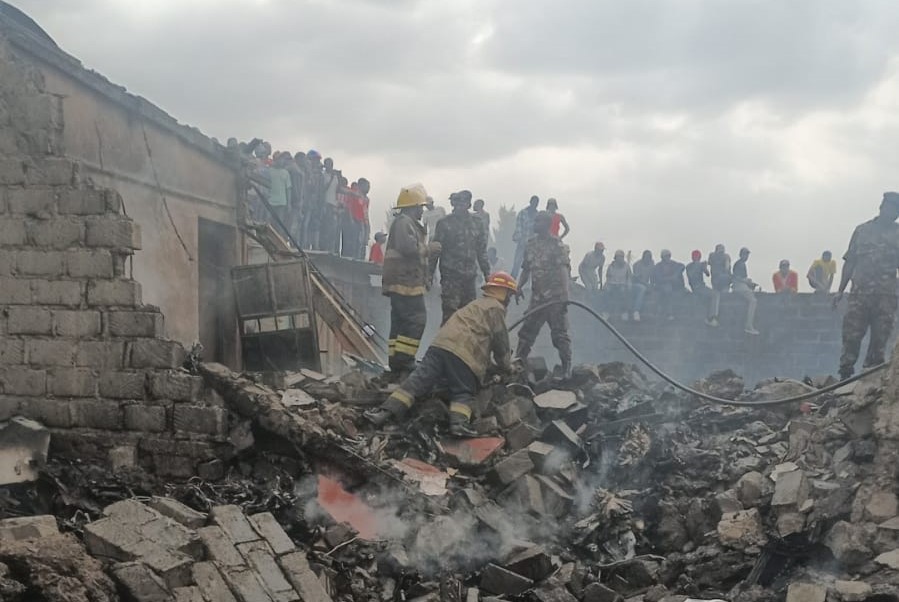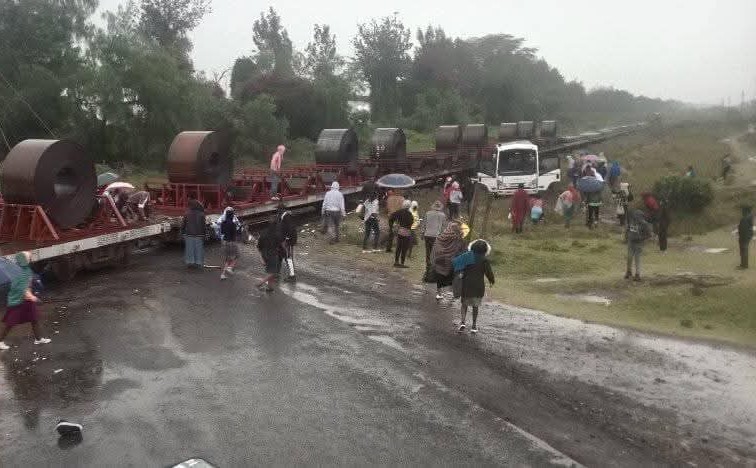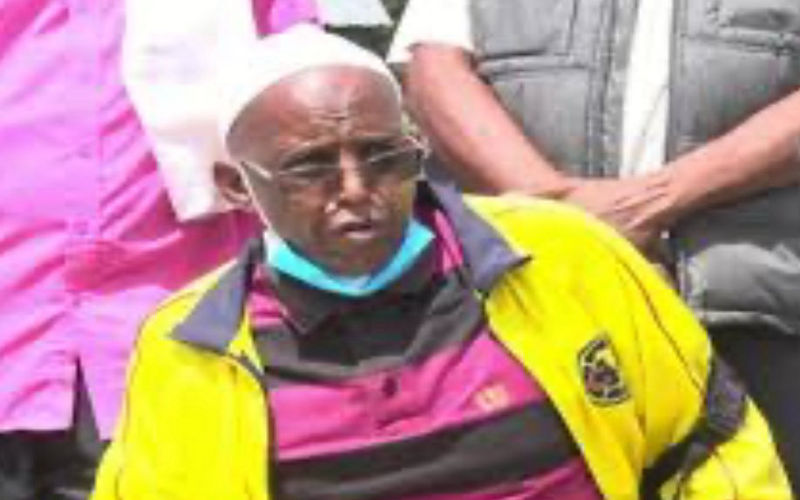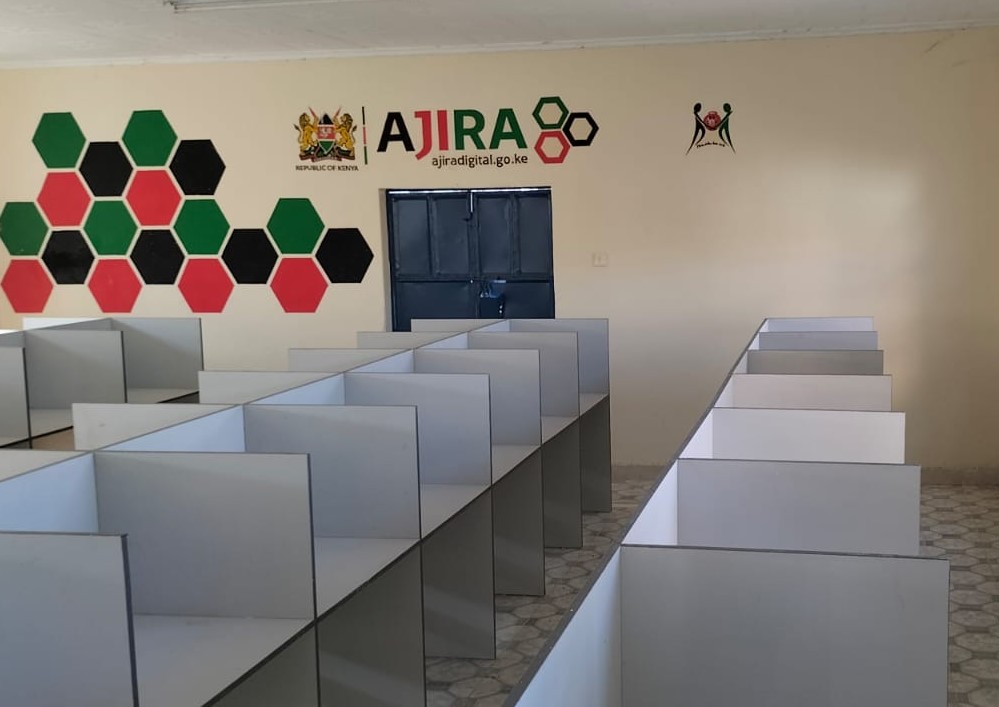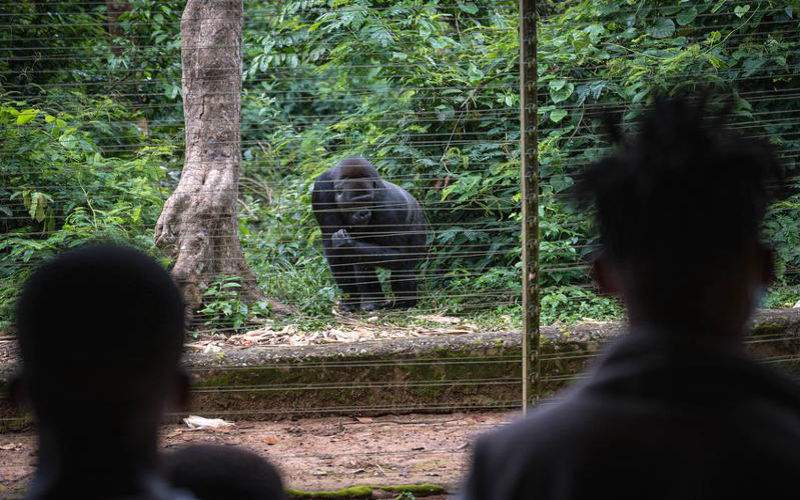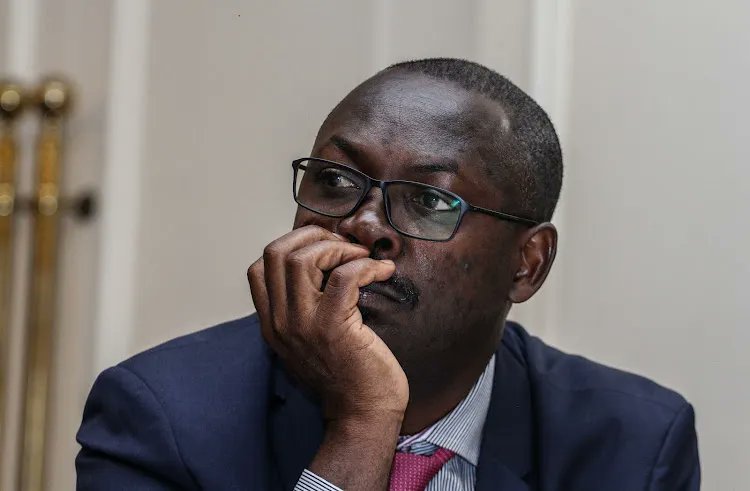Kenya officially eliminates sleeping sickness as public health threat, WHO confirms
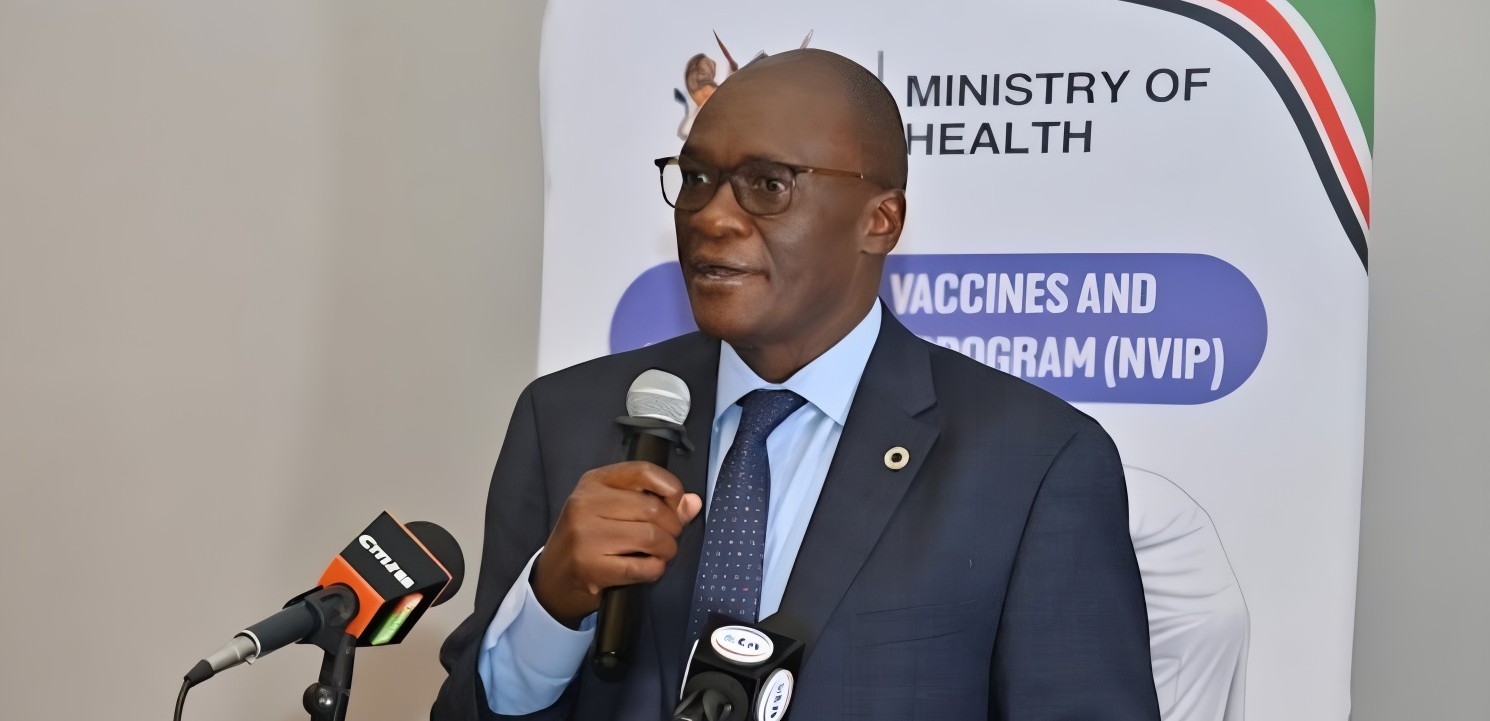
Sleeping sickness, often called the “silent killer” of rural areas, begins with symptoms such as fever and headaches before progressing to confusion and severe neurological issues. Without treatment, victims would eventually fall into a deep, irreversible coma, from which many never recovered.
Kenya has achieved a major public health victory with the World Health Organisation (WHO) officially confirming that the country has eliminated human African trypanosomiasis, commonly known as sleeping sickness.
This milestone marks a major step forward in Kenya’s long fight against the disease that once ravaged rural communities, especially those living close to wildlife and livestock.
More To Read
- Africa’s push for HIV independence advances with first procurement of locally made medicines
- How fake medication is a problem across the world
- Mombasa leads Kenya’s mpox outbreak as MoH, WHO step up response
- Extreme weather affects mental health: What vulnerable women in Kenya told us
- Ruto makes key appointments to public health agencies
- Calls for safety awareness as world marks Drowning Prevention Day
Sleeping sickness, often called the “silent killer” of rural areas, begins with symptoms such as fever and headaches before progressing to confusion and severe neurological issues. Without treatment, victims would eventually fall into a deep, irreversible coma, from which many never recovered.
The news that Kenya has overcome this deadly threat comes as a relief for many who lived in fear of the disease for decades.
WHO Director-General Tedros Adhanom Ghebreyesus applauded Kenya’s accomplishment. “I congratulate the government and people of Kenya on this landmark achievement. Kenya joins the growing ranks of countries freeing their populations of human African trypanosomiasis. This is another step towards making Africa free of neglected tropical diseases.”
Though elimination as a public health problem does not mean the disease has been completely eradicated, it indicates that cases are now rare, carefully monitored, and treated promptly to prevent further spread.
Sleeping sickness is caused by a parasite spread through bites from infected tsetse flies. It mainly affects rural communities involved in farming, livestock keeping, hunting, or fishing.
Kenya’s battle against sleeping sickness started in the early 1900s when the first cases were detected.
The disease was a major cause of death, particularly in areas like the Maasai Mara, which was a hotspot for infections.
The last known locally acquired case was in 2009, while the last two imported cases, both linked to Maasai Mara, were reported in 2012.
The form of sleeping sickness found in Kenya is the Rhodesian type, which progresses quickly and can be fatal within weeks if untreated.
The disease attacks several organs and eventually reaches the brain, causing serious neurological problems, including personality changes, poor coordination, and sleep disturbances before coma sets in.
With no vaccine available, the country’s approach has focused on early diagnosis, treatment, controlling the tsetse fly population, and continuous surveillance. Kenya intensified efforts by improving diagnostic services at 12 health facilities in six counties where the disease was historically common. Health workers were trained to use sensitive tests for quick detection.
Vector control and surveillance were strengthened through the Kenya Tsetse and Trypanosomiasis Eradication Council (KENTTEC), while veterinary authorities monitored animal cases since the disease can also infect livestock and wild animals.
Director General for Health, Dr Patrick Amoth, highlighted the collective effort behind this success.
“This key milestone reflects Kenya’s efforts and commitment over many years, as a collaboration between national and county governments, national research institutions, development partners and affected communities. The country remains fully committed to sustaining the quality of care and surveillance in line with WHO’s recommendations.”
Kenya becomes the tenth country globally to be certified by the WHO as having eliminated sleeping sickness as a public health concern.
Other countries on this list include Benin, Chad, Côte d’Ivoire, Equatorial Guinea, Ghana, Guinea, Rwanda, Togo, and Uganda. This is Kenya’s second victory in the fight against neglected tropical diseases, following its certification as free of Guinea worm disease in 2018.
Globally, 57 countries have now eliminated at least one neglected tropical disease, moving closer to the WHO’s 2030 goal to wipe out multiple such diseases.
WHO Representative to Kenya, Dr Abdourahmane Diallo, acknowledged the partnership that led to this achievement.
“This success was made possible by the Ministry of Health’s leadership, the dedication of health workers in areas at risk and the support from key partners. WHO is proud to have contributed to this achievement and encourages all stakeholders to remain involved in post-validation monitoring.”
Kenya will now focus on maintaining vigilance through a post-validation surveillance plan to catch any new cases early.
Special attention will be given to areas like the Maasai Mara, where the tsetse fly and wildlife reservoirs remain a potential source of reintroduction.
WHO has pledged continued support during this phase and will keep a reserve of medicines ready for rapid response should any outbreaks occur.
Top Stories Today
